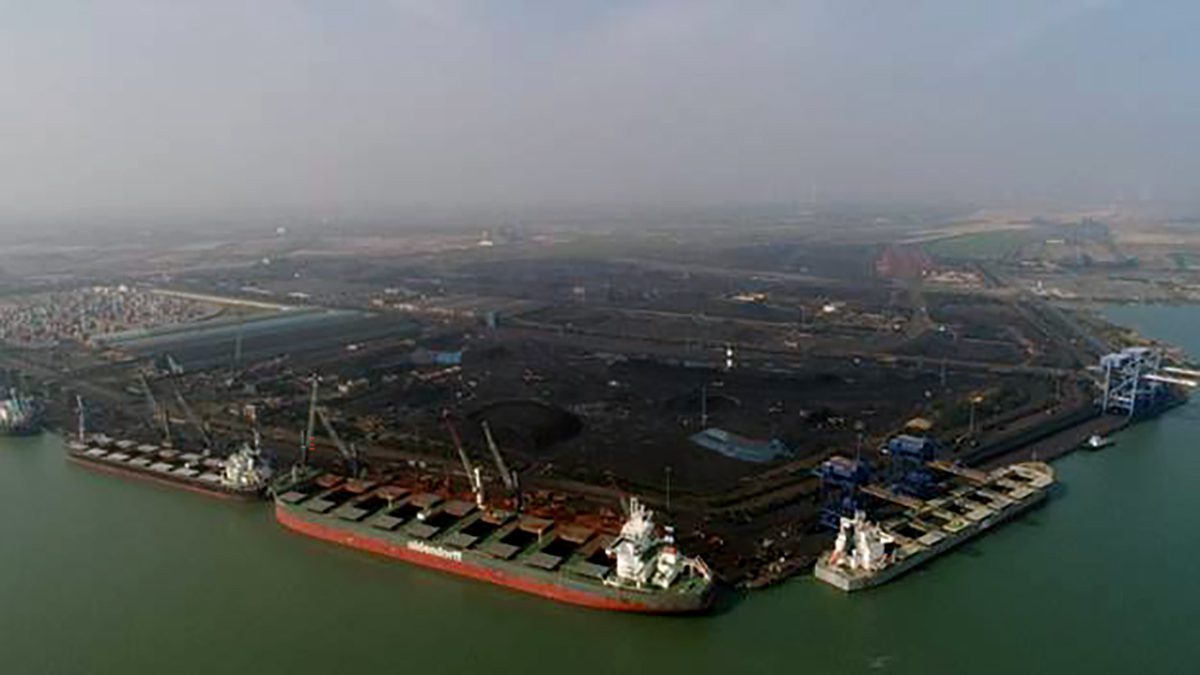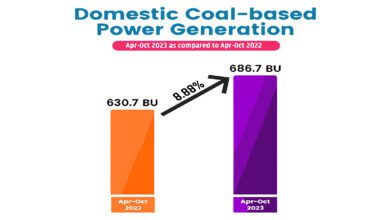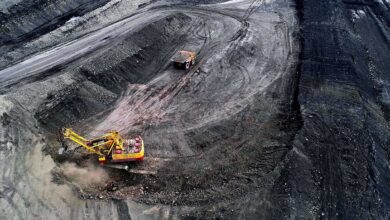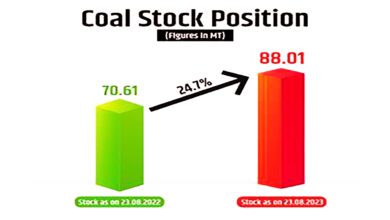In a bold move to transform the landscape of coal transportation and meet the surging energy demands of the nation, the Ministry of Coal has embarked on a visionary initiative that seeks to integrate Rail-Sea-Rail (RSR) transportation, enabling the efficient movement of domestic coal. This multimodal approach promises a seamless journey for coal, from extraction to consumption, significantly reducing costs and enhancing logistical efficiency.
Recognizing the pivotal role of coal in India’s energy ecosystem, the Ministry of Coal’s forward-looking approach comes at a crucial juncture. In the fiscal year FY’23, key coal-producing states – Odisha, Chhattisgarh, Jharkhand, and parts of Madhya Pradesh – contributed a staggering 75% of the total domestic raw coal dispatch. The Ministry’s projections indicate a potential doubling of coal production in India, with an impressive Compound Annual Growth Rate (CAGR) of approximately 7.7% by FY’30.
In response to the escalating coal production targets, the Ministry has put forth an elaborate plan to ensure a well-structured and efficient coal evacuation system. Central to this effort is the formation of an Inter-Ministerial Committee (IMC) led by AS, Coal, comprising representatives from the Ministry of Power, Ministry of Railways, and Ministry of Ports, Shipping, and Waterways. This committee is strategically charting a long-term blueprint for coal movement, with railways aiming to increase their contribution from the current 55% to a robust 75% by FY’30.
A cornerstone of this comprehensive strategy is the promotion of the Rail-Sea-Rail (RSR) mode of transportation. This innovative approach not only enhances coal evacuation capacity but also offers multifaceted benefits. By diversifying the coal evacuation routes, the RSR mode significantly alleviates congestion on the All-Rail Route (ARR). Moreover, it creates potential export avenues by building infrastructure that could be harnessed for future exports. Importantly, the RSR mode boasts a significantly lower carbon footprint compared to traditional methods, aligning with sustainability goals.
Coastal shipping, heralded for its cost-effectiveness and eco-friendly attributes, stands poised to revolutionize India’s logistics sector. The ongoing push for augmented coal evacuation, especially through the Rail-Sea-Rail model, aims to maximize port capacity utilization along the Southern and Western coasts. This approach ensures efficient coal transportation to powerhouses across states like Gujarat, Maharashtra, Karnataka, Goa, Tamil Nadu, Kerala, and Andhra Pradesh.
The IMC’s recommendations underline a ‘Whole of Government’ approach to address the complex challenges of coal evacuation. These recommendations strive to elevate Rail-Sea-Rail coal evacuation from the existing 40 million tons to an ambitious 112 million tons by 2030. This transformation could lead to substantial savings in logistics costs, potentially amounting to ₹760-1,300 per ton for end users in Southern India.
The fruits of the Ministry of Coal’s labour are evident in the remarkable growth of Rail-Sea-Rail coal transportation, which has witnessed an astounding 125% increase over the past four years. With India’s coal production slated to nearly double in the next seven years, Rail-Sea-Rail emerges as an indispensable alternative for efficient coal evacuation, ensuring a seamless and uninterrupted energy supply.












